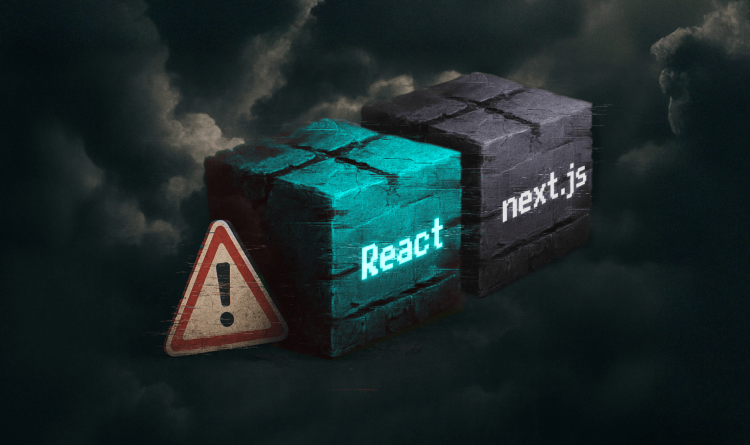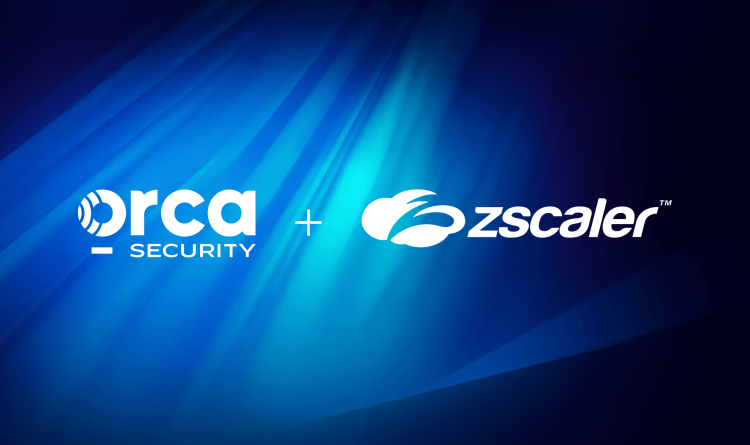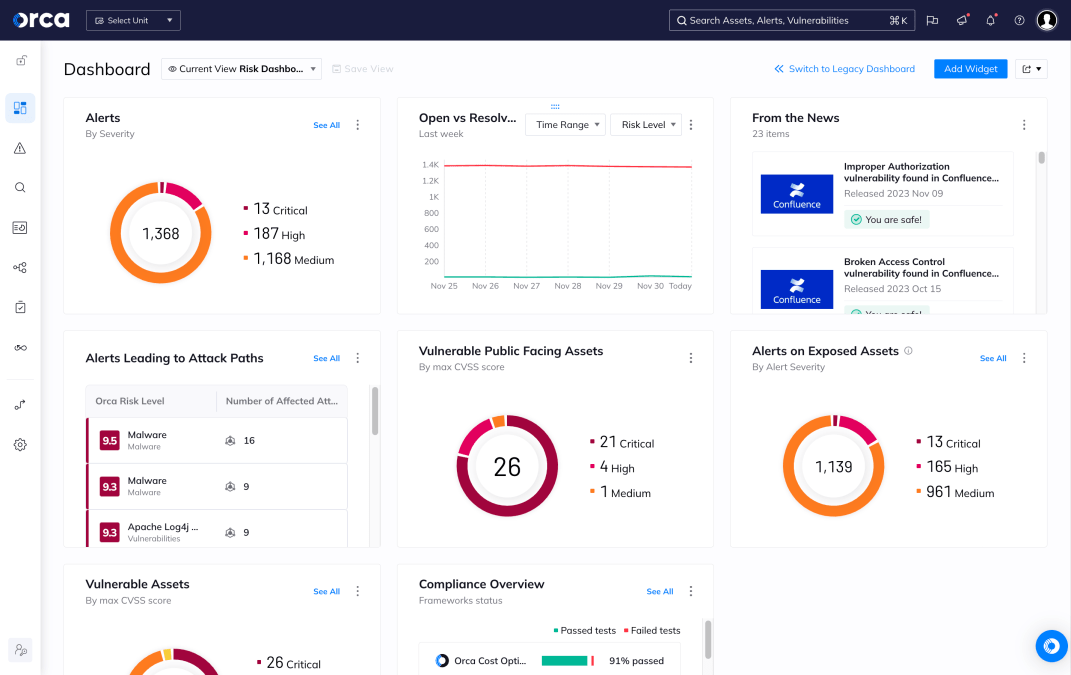An Indicator of Compromise (IoC) is a piece of digital forensic evidence that suggests a potential security breach or malicious activity within an organization’s IT infrastructure. These indicators serve as warning signs, helping security teams detect intrusions, investigate incidents, and prevent future attacks. In the context of cloud environments, IoCs are crucial for identifying and responding to threats across distributed resources, workloads, and services.
Why is an IoC important?
IoCs play a central role in effective threat detection and incident response. They enable organizations to:
- Detect threats early, often before significant damage occurs
- Reduce dwell time by identifying malicious activity quickly
- Correlate evidence across systems for a comprehensive understanding of an attack
- Strengthen forensic investigations and threat intelligence
In cloud environments, IoCs help compensate for the expanded attack surface and visibility challenges introduced by dynamic infrastructure, ephemeral workloads, and multi-cloud deployments.
How does it work?
Indicators of Compromise can take many forms, including:
- File-based IoCs: Known malware hashes, unexpected file modifications, suspicious executable names
- Network-based IoCs: Malicious IP addresses, command-and-control (C2) domains, unusual traffic patterns or protocols
- System-based IoCs: Unauthorized user account creation, abnormal process behavior, registry key changes
IoCs are typically identified through automated detection tools such as:
- Security Information and Event Management (SIEM) platforms
- Endpoint Detection and Response (EDR) tools
- Extended Detection and Response (XDR) systems
- Cloud-native logging and monitoring tools (e.g., AWS CloudTrail, Azure Monitor)
Security teams correlate IoCs with external threat intelligence sources and frameworks like MITRE ATT&CK to validate alerts and guide response efforts. Validated IoCs are shared internally and with trusted threat intelligence networks to improve global defenses against similar threats.
Security risks and challenges
Despite their importance, IoCs present several operational and security challenges:
- False positives: Benign behavior may resemble malicious activity, overwhelming analysts and leading to alert fatigue
- False negatives: Subtle or novel attack techniques may evade detection entirely
- Lack of context: IoCs without environmental context may result in misinterpretation
- Cloud visibility gaps: Ephemeral resources, third-party APIs, and complex multi-cloud environments make consistent monitoring difficult
Advanced persistent threats (APTs) often use living-off-the-land (LotL) techniques, leveraging legitimate system tools to avoid detection, which complicates IoC identification. Furthermore, attackers frequently rotate IP addresses, domains, and tools to evade blacklists and signature-based defenses.
Best practices and mitigation strategies
To maximize the value of IoCs in cloud security, organizations should adopt the following practices:
- Automated detection and correlation: Use SIEM, XDR, and threat intelligence platforms to automatically detect and analyze IoCs
- Threat hunting: Proactively search for signs of compromise in cloud logs, API activity, and anomalous access patterns
- Standardized documentation: Maintain a centralized IoC repository with metadata and contextual information for effective incident response
- Intelligence sharing: Participate in threat intelligence exchanges to enhance detection of global campaigns
- Cross-functional collaboration: Ensure security, IT, and DevOps teams coordinate to investigate and respond to IoC findings
- Training and readiness: Train analysts to recognize advanced attack techniques and validate indicators efficiently
- Tool integration: Integrate detection systems with orchestration platforms for streamlined response workflows
Organizations should also map IoCs to threat frameworks like MITRE ATT&CK to understand adversary behavior and prioritize response activities.
How Orca Security helps
The Orca Cloud Security Platform enhances IoC detection and response in cloud environments with:
- Agentless-first, continuous monitoring across multi-cloud environments to detect suspicious and anomalous activity
- Advanced Cloud Detection and Response (CDR) to detect, prioritize, and neutralize active threats agentlessly and in real time
- Automated collection of forensic evidence, including system changes, file anomalies, and misconfigurations
- Contextual alerting and correlation to reduce false positives and prioritize based on attack path risk
- Integration with threat intelligence feeds for enriched IoC analysis and detection of known threats
- Advanced Attack Path Analysis to help analysts surface toxic risk combinations that endanger high-value assets
- Remediation guidance that supports rapid containment and response through AI-Driven features and integrated workflows
These capabilities enable security teams to detect threats earlier, investigate incidents faster, and maintain strong cloud defenses.



